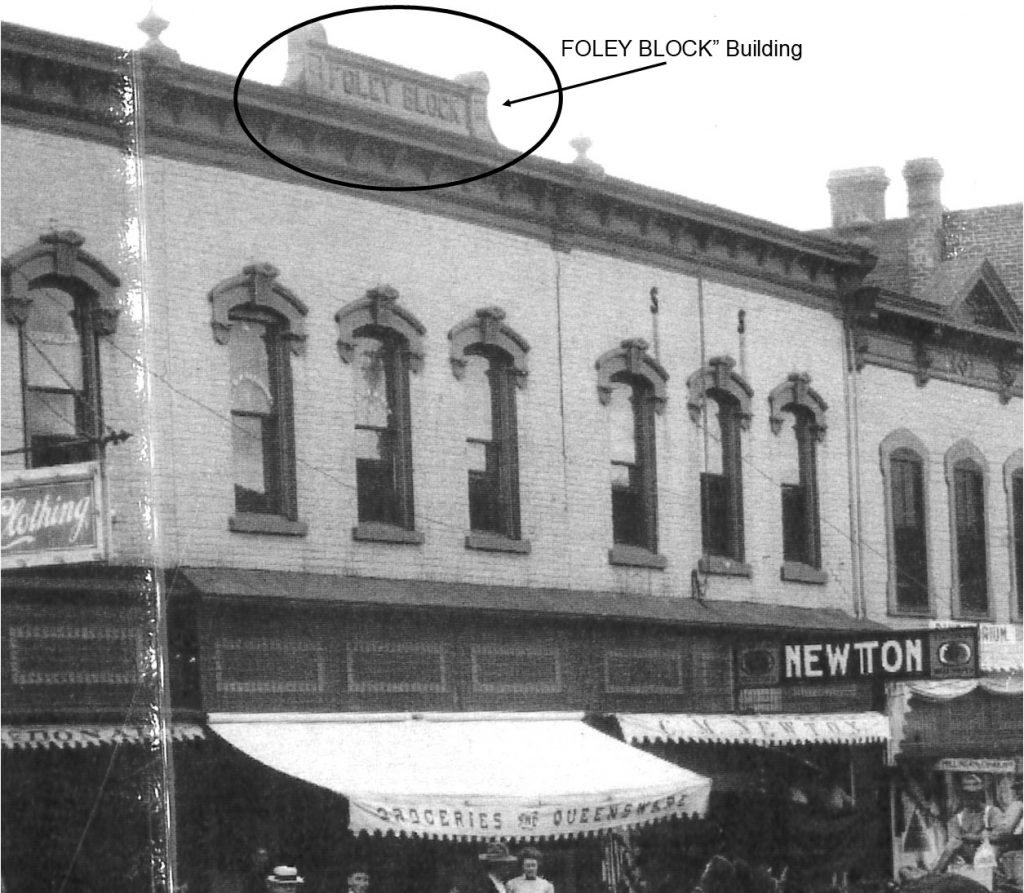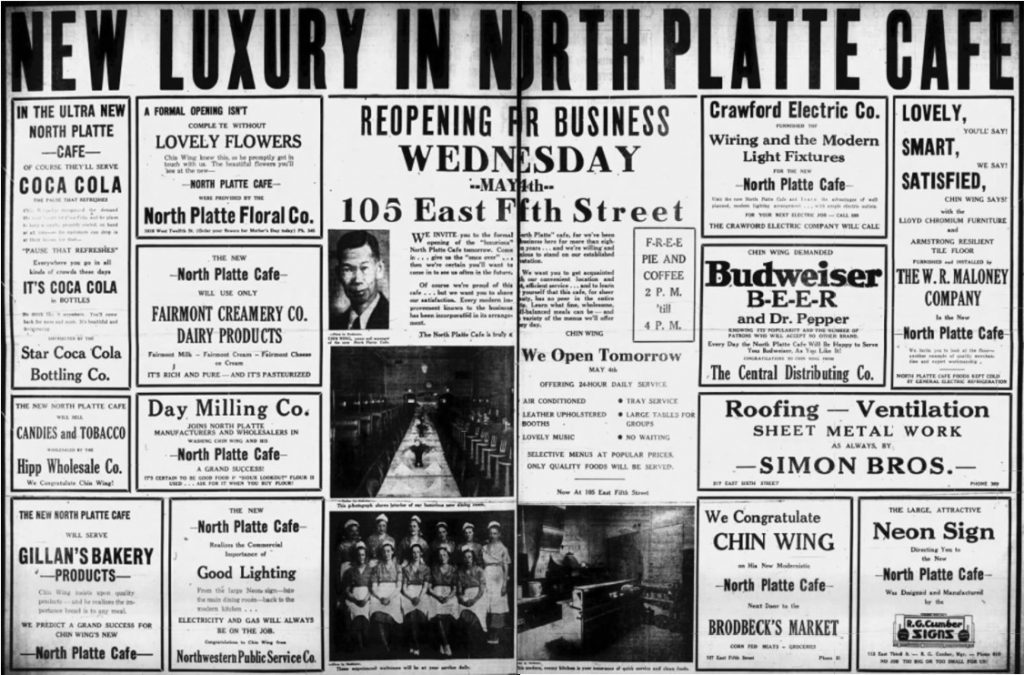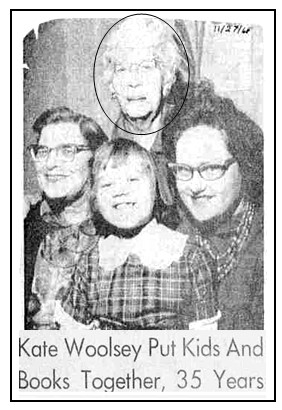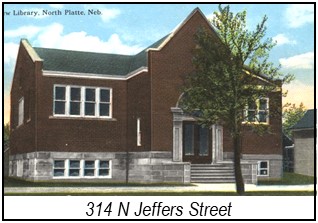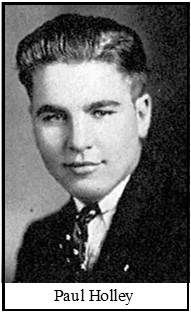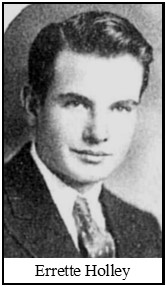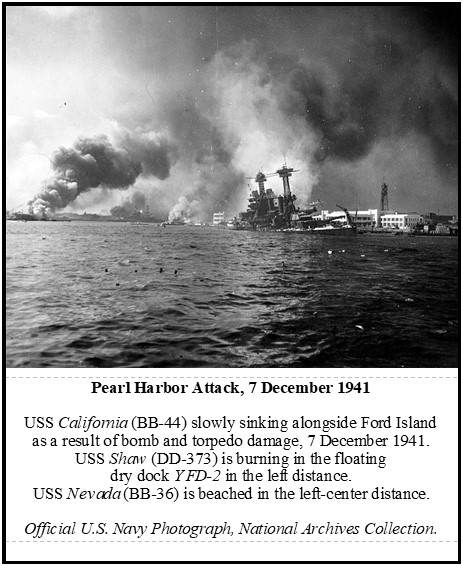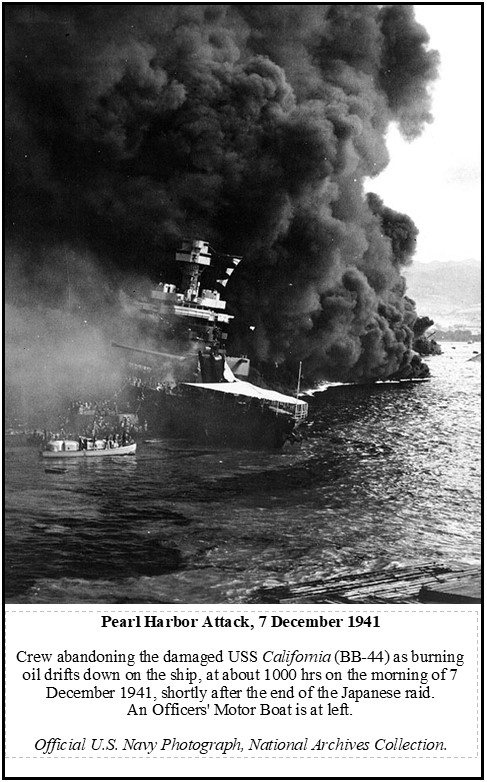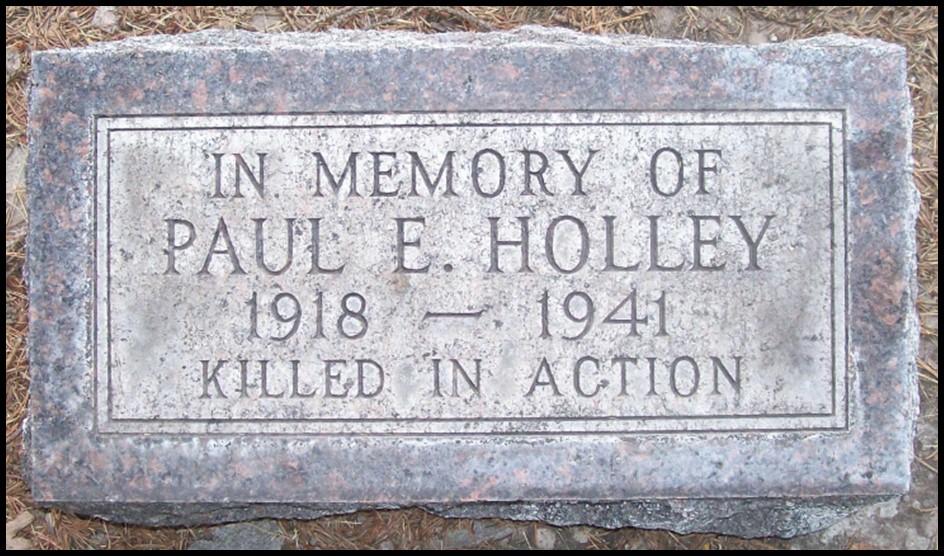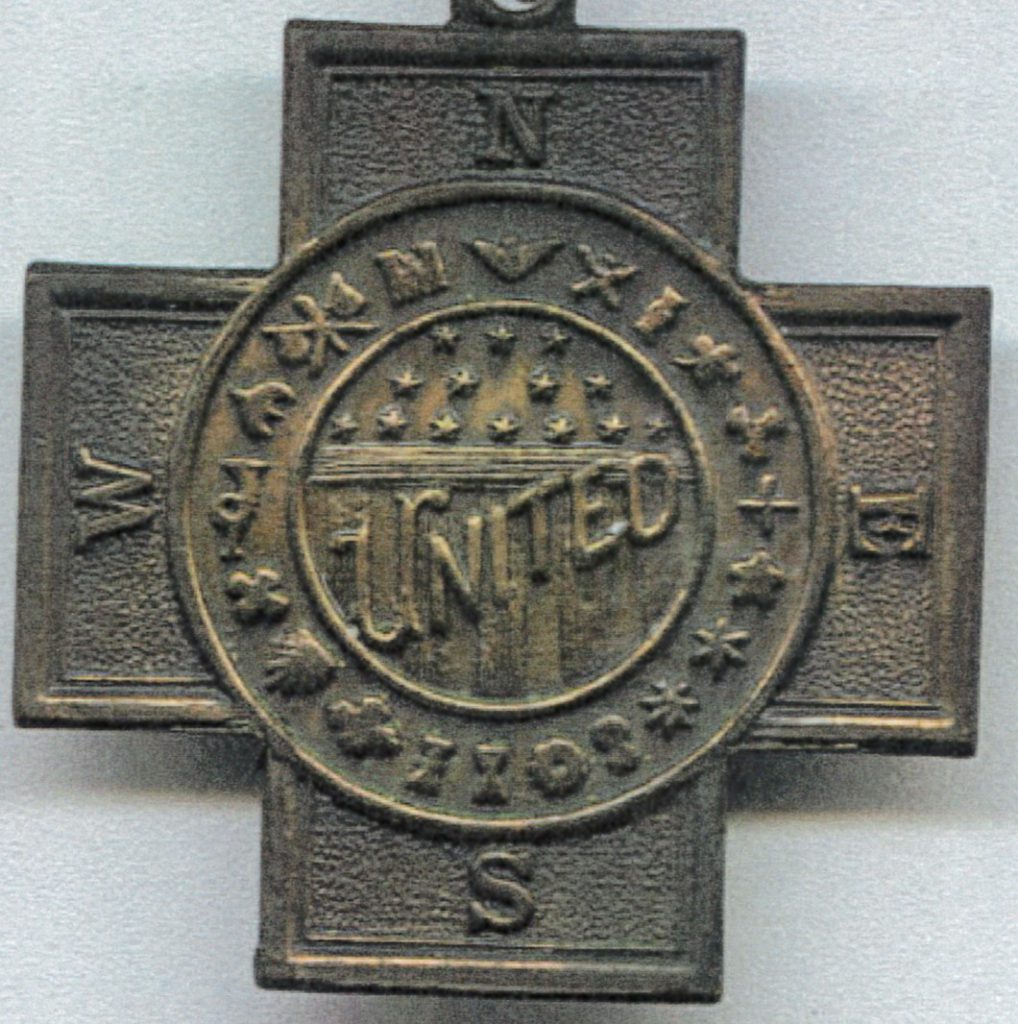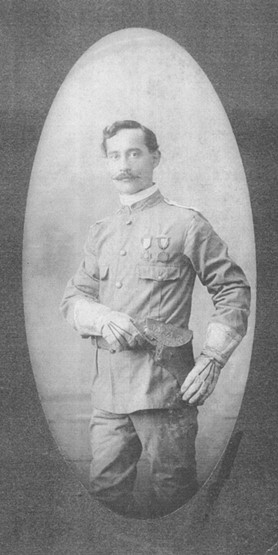Originally published to Facebook on September 10, 2021.
Today’s North Platte history was inspired by a grand Victorian home that was built by an enterprising pioneer and North Platte Businessman—Thaddeus J. Foley.
Thaddeus J. Foley was born in Ireland in 1850. He immigrated to America in 1869 through Ellis Island. He came directly to North Platte and started a general merchandise store. He built a large two-story building, on what was the corner of 6th and Dewey streets (formerly the Alco Store parking lot). At the time it was built it was the largest building in North Platte.
Not only was he the owner of the “Foley Block,” but he also was one of the largest cattle owners in Western Nebraska. He owned over 6,000 head of cattle. He owned range land on the North Loup and Snake Rivers. There is a lake in Grant County named for Thaddeus Foley.
Foley had a partner in the general merchandise business, by the name of A. J. Senter, another original pioneer in North Platte.
In March of 1878, TJ Foley successfully ran for City Treasurer on a “Greenback City Ticket.” Thaddeus and other fellow North Platte pioneers & businessmen all refused to be paid for their governmental service.
On August 14, 1878, Thaddeus married Jennie Smiley (from Pennsylvania). Foley met Smiley through her sister who lived here in North Platte. The Foleys had three children. Their first son, Gratton, was born on July 18, 1879. Helen was born on August 13, 1881. The third child, Leonard, was born on July 23, 1888, but died on May 3, 1890.
By 1880, the business partnership between Senter and Foley dissolved. Foley continued running the general store business. And by 1888, Foley built a new grand home for his family, located at 405 West 4th Street (northwest corner of 4th and Willow Streets). The Lincoln County Tribune announced on October 27, 1888, that a new “heating furnace” would be installed that cost one thousand dollars. The Foley house was one of the largest houses in North Platte, taking up two city lots.
In 1892, Foley sold his big mansion to local attorney J. S. Hoagland; and his business building was sold to Henry Waltemath. Foley moved his family to Kansas City, and then Marshfield, Massachusetts. On September 25, 1925, the North Platte Tribune announced that the “old J. S. Hoagland home on West Fourth was torn down”. Hoaglund had passed away, and his son Arthur was having the house removed to build the duplex on what was the “rear” of the lot. The duplex still stands today at 408-410 North Willow Street.
On July 22, 1930, the North Platte Tribune announced that T. J. Foley had written and little “booklet” titled “Memories of the Old West”. The book told stories about his life as a pioneer in western Nebraska.
T. J. Foley passed away on November 25, 1938 and his ashes were scattered in a bird sanctuary in Marshfield, Massachusetts.
Thank you for reading and learning about North Platte History! See you next week for more fascinating history!

